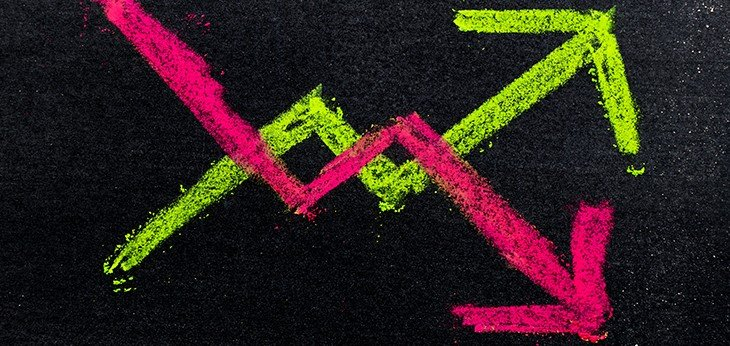What were you hoping that 2020 would be about? What did your strategic plan or business plan say that you wanted to achieve this year? What underlying assumptions did you have in the strategic plan that no longer hold true?
I saw a statistic recently that 82% of the time a strategy fails can be attributed to misleading assumptions. Think of Kodak and how they were left behind in the transition from film to digital photography.
Many businesses have thrown out whatever strategic plan they had for 2020 and have been reacting day to day and month to month as the COVID-19 health crisis and related economic crisis have unfolded. Whatever you assumed in your strategic plan for 2020 has quite possibly already proven to be false.
Growing uncertainty
It can be challenging to prepare strategy in a VUCA environment – VUCA stands for volatility, uncertainty, complexity, and ambiguity.
Even pre COVID-19, the more innovative organisations were questioning the value of a three to five year strategic plan given the likely changes to the operating environment over that period – meaning the shift to a more agile strategy process.
Now we have the COVID-19 health crisis, ensuing economic crisis, reduced travel and other social restrictions, and many geopolitical risks are escalating too.
Even in this ever changing and VUCA environment, organisations need to stay true to their ‘anchors’. In the absence of being able to operate to a structured plan, what are the things that are critically important to you as an organisation (could be values, client focus, impact etc)? These will provide your context for decision making when the external environment turns your strategy to dust.
Future scenarios
Organisations often think about different strategic planning horizons – with the short, medium and longer term – but this is usually focused on a linear progression.
With this mindset, we think in strategic plans about the one desired future that we are working towards. What if instead we were to have multiple views of the future under different scenarios, and to develop a strategic plan on that basis?
In a recent presentation to members of peak body National Disability Services, futurist Professor Sohail Inayatullah spoke about a range of potential unfolding social and economic scenarios.
It is possible in the time ahead that a range of scenarios could play out: the coronavirus could mutate, wages growth be flat, nations could break apart, international travel could be restricted for years and/or we could fall in to a multi-year recession. Despite best efforts and bipartisan support, could a multi-year recession put budget pressure on the NDIS program to be reduced in size and scale?
Less dramatic but still significant, this current economic period could be a time of slowing down in order to speed up – with the potential for the crisis to drive innovation and reforms that will provide for greater economic growth and prosperity.
There may also be ‘sticky changes’ that flow from our present crisis, with changes made to personal and business behaviour becoming more mainstream: increased working from home, a greener economy to reduce pollution, added COVID safety/risk measures, increased domestic travel over international and increased telehealth or remote service provision.
Within the disability sector, there are other uncertainties like the potential impacts of the Disability Royal Commission on regulation and compliance, and continued changes to the NDIS marketplace including to the Price Guide.
For many disability providers, there is some surety in funding with the NDIS business model but COVID-19 has had an impact on the way services are delivered.
It’s more work to build out a strategic plan with possible different future scenarios, but if there is any time this is worthwhile it would be in the current situation. Successful organisations now will be the ones that spend more time planning and strategizing rather than being blown around by the changes.
Business recovery shape
As you look to the future of your own organisation and its growth trajectory (whether measured by customer numbers, revenue or staff numbers), what shape does it look like? Is it:
- V-shaped with a sharp decline and sharp recovery?
- U shaped with a more gradual decline and recovery?
- W-shaped with a double dip – perhaps corresponding to a COVID-19 scenario where there is a second wave of the virus outbreak?
- L-shaped with a sharp decline settling in to a new normal smaller size?
- Hockey stick shaped with a small decline but expectation that the trajectory will return to growth?
Making the right assessment of the future is important in preparing your organisation to be in the best position for the future. Getting this wrong could prove disastrous – for example, maintaining your existing cost base assuming a U or V-shaped recovery only to find down the track that it is L-shaped.
Organisations should be having regular conversations about unfolding risks, market changes and implications to strategic plans at a management and Board level.
Taking a view on future scenarios and the shape of the recovery are important strategic discussions to focus on.






